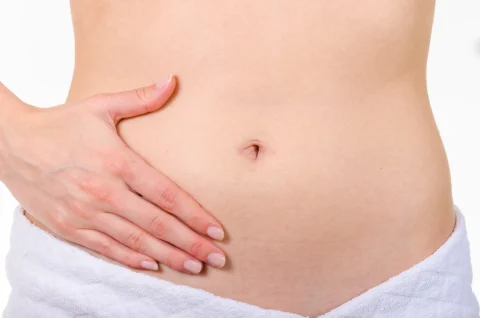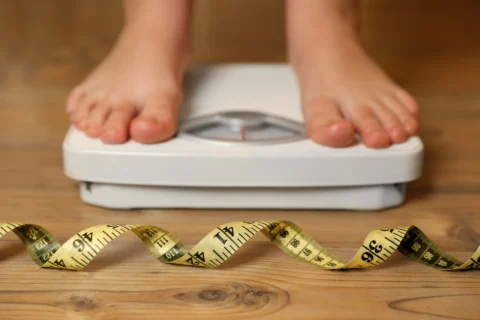Get the full story on the potential risks and benefits of this popular hormone therapy
Hormone pellets are generally considered safe when prescribed by a doctor and monitored closely over time. But some potential side effects have been reported, so discuss the risks and benefits thoroughly with your healthcare provider.
What Are Hormone Pellets Exactly?
First, a quick primer on what hormone pellets are. Hormone pellets are very small implants, about the size of a grain of rice, that go under the skin. They’re made of hormones like estrogen and testosterone compressed into a pellet form. The hormones then get released slowly over time, typically 3-6 months.
This provides steady hormone levels in your body compared to the ups and downs you can get from pills, creams, patches and shots. Hormone pellets can be used to treat symptoms of menopause like hot flashes, night sweats and vaginal dryness in women. For men, they may be used to correct low testosterone levels.
Now let’s explore some key questions around the safety of this treatment method.
Are Hormone Pellets Safe Overall?
When considering any medical treatment, safety is a top concern. So what does the research say so far about how safe hormone pellets are?
Potential Risks and Side Effects
There are some potential side effects and risks to be aware of:
- Infection at the insertion site – Usually mild but may require antibiotics
- Pellet extrusion – Pellet works its way back out through the skin
- Fluctuating hormone levels – If new pellets aren’t inserted on schedule
- Medication interactions – With blood thinners and medicines metabolized by the liver
- Lack of long-term safety data – Most studies have followed patients for 1-5 years only
Some users also report side effects like hair loss, acne, headaches, and mood changes.
But these side effects aren’t guaranteed. Many people use hormone pellets with few or no adverse reactions. More research is still needed on the long-term effects of prolonged use.
Benefits of Hormone Pellet Therapy
On the benefit side, many users report positive effects including:
- Steady hormone levels – Avoid ups and downs of other methods
- Avoid first pass metabolism – Hormones absorbed directly into bloodstream
- Reduced menopause/andropause symptoms – Hot flashes, sleep problems, low libido
- Increased energy and stamina
- Improved mood and cognitive function
- Potential protective effects – Reduced risk of osteoporosis, heart disease and dementia
While compelling, these benefits need more rigorous study according to experts. Anecdotal evidence alone isn’t enough to confirm effectiveness.
Hormone pellets appear relatively safe for healthy individuals when properly monitored by a physician. But unknown risks may emerge with long-term use. As with any medical therapy, it’s about weighing potential benefits against possible side effects.
What About the Insertion Procedure? Is That Safe?
Once you and your doctor decide pellets are appropriate for you, the next step is having them inserted. This is a relatively quick and mild office procedure. Let’s walk through what you can expect.
The insertion site is numbed first with a local anesthetic to prevent pain. Often the hip, abdomen or buttocks area is used. Then a small insertion device is used to deposit the pellets under the skin. It creates a tiny opening and the pellets are placed inside.
Medical tape or a bandage is applied, and you’re free to go about your day as normal afterward! You may feel some soreness or bruising at the site which usually clears up within a week or so.
Serious side effects from the insertion itself are very rare when proper sterilization techniques are used. Possible (but unlikely) risks include:
- Infection
- Bleeding/hematoma
- Pellet rejection
- Nerve injury
Overall, as long as the doctor takes appropriate precautions, the insertion procedure is considered very low risk. Using anesthesia also helps minimize any pain or discomfort.
Follow-Up Care After Insertion
Once you have the hormone pellets inserted, regular follow-up care with your healthcare provider is important. The pellets slowly dissolve and release hormones over several months. So new pellets will need to be inserted on a regular basis to maintain your hormone levels.
Follow-up care helps ensure your hormone levels stay optimized and any side effects are managed promptly. Typically your provider will have you come in for periodic bloodwork and symptom evaluations.
This allows them to monitor your hormone levels and determine when it’s time for your next pellet insertion. Don’t hesitate to report any unusual symptoms you experience as well. Your provider may make dosage adjustments to get your hormone therapy fine-tuned for the best results.
With this type of collaborative care from a trained hormone therapy practitioner, pellets can be used safely long-term.
Are Certain Brands or Products Safer Than Others?
If you decide pellets are the right option, the next choice is which product to use. The two main options are FDA-approved branded pellets from companies like SottoPelle and BioTE Medical, or custom-compounded hormone pellets made just for you.
FDA-approved pellets must meet strict guidelines for manufacturing, dosing, handling and purity. However, they contain standard doses that may not be adjusted for each patient. Compounded pellets can be customized but lack regulatory oversight.
One analysis didn’t find significant differences in quality between FDA-approved and compounded hormone products. But personalized compounded therapy may offer advantages like:
- Pellets with specific hormone ratios to match your needs
- Options for testosterone/estrogen combinations
- More flexibility in dosing
- Pellets sized for your body and hormone needs
Talk to your doctor about the best choice for your unique physiology and hormone goals. They can help you select high quality pellets from reputable suppliers that meet safety and purity standards.
The Takeaway – Are Hormone Pellets Safe?
To sum it up – are hormone pellets safe? Right now the research indicates they can be a safe option when properly manufactured and prescribed under medical supervision. But there are still open questions about potential long-term risks.
As with any medical treatment, it’s about weighing possible benefits against potential side effects for your individual situation. Have an in-depth discussion with your healthcare provider about whether hormone pellet therapy aligns with your health goals and priorities.
With careful patient selection, ongoing monitoring, and high quality pellet products, hormone pellets offer a convenient approach to hormone replacement that avoids the peaks and valleys of other delivery methods. If you’re experiencing disruptive menopause or andropause symptoms, pellets may provide the safe, steady relief you’re looking for.










